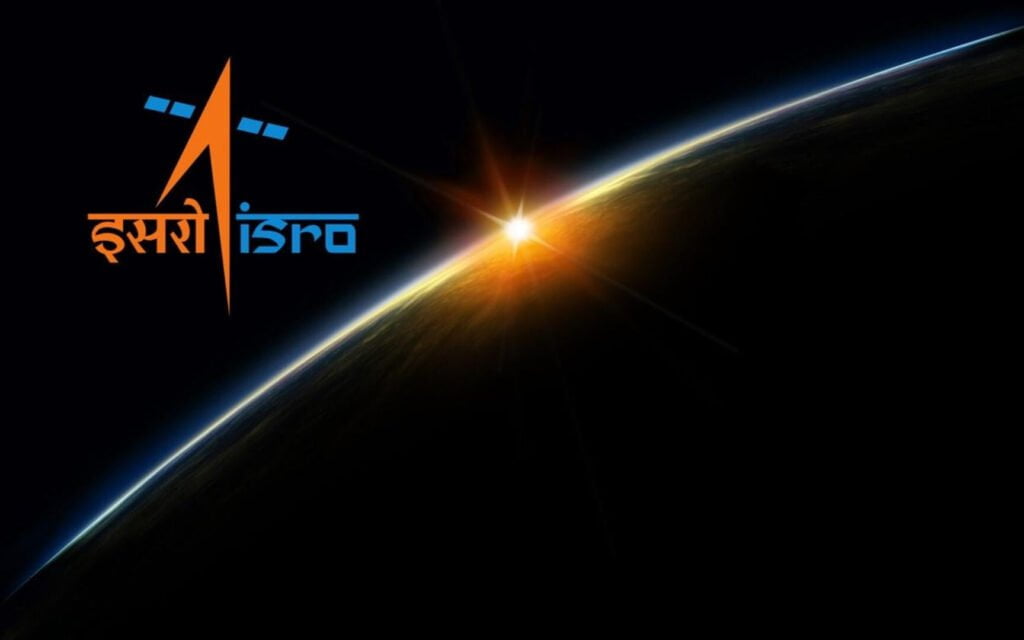The Chandrayaan 2 failure cast a shadow over the bold challenge by means of way of the Indian Space Research Organisation (ISRO), charming worldwide interest. The aim was a seamless Moon landing via the Vikram lander; however, communication was lost during descent. This setback caused collective sadness worldwide. Now, as the Chandrayaan 3 undertaking looms ahead, it objectives to tackle the hurdles that stymied its forerunner’s development.

Latest LVM3-M4-Chandrayaan-3 Mission Updates:
Chandrayaan-3 Mission:
— ISRO (@isro) August 17, 2023
‘Thanks for the ride, mate! 👋’
said the Lander Module (LM).
LM is successfully separated from the Propulsion Module (PM)
LM is set to descend to a slightly lower orbit upon a deboosting planned for tomorrow around 1600 Hrs., IST.
Now, 🇮🇳 has3⃣ 🛰️🛰️🛰️… pic.twitter.com/rJKkPSr6Ct
In this newsletter, we are able to delve right into a technical analysis of the Chandrayaan 2 touchdown mishap, shedding mild on the complexities of lunar landings and the instructions discovered from this enjoy. We will even discuss the upgrades which have been made to the Chandrayaan 3 assignment to improve the chances of a a hit touchdown.
The Enigma of Chandrayaan 2’s Failure
The Chandrayaan 2 landing collection became divided into important levels, substantially the difficult braking segment and the absolute navigation phase. The latter section, referred to as digital camera coasting, played a pivotal role in calibrating Vikram’s gadgets, such as the digicam and altimeters, to make certain an accurate landing.
However, intertwined issues emerged during the digital camera coasting segment. First, the engine thrust was more than expected, main to errors in trajectory calculations. Second, ISRO had imposed a restriction on thrust control during this section to save you changes inside the lander’s mind-set that might disrupt calibration. This combination of factors resulted in an accumulation of mistakes that significantly deviated Vikram’s trajectory from the supposed path.
The exceptional-breaking phase, wherein corrections have been at the beginning deliberate, couldn’t rectify the collected errors speedy enough due to the restricted thrust manipulate and mind-set adjustments. Additionally, an internal timer discrepancy and the restricted mindset trade fee similarly complex the state of affairs. It changed into discovered that with a few extra seconds at the timer, Vikram might have efficiently landed.
The Success-Based Algorithm and Lessons Learned
Chandrayaan 2’s landing algorithm became achievement-primarily based, aiming to land accurately inside a delegated region. However, with Chandrayaan 3, ISRO is adopting a failure-based totally technique, that specialize in protection and survivability as opposed to precise touchdown. This strategic shift goals to make certain that even if the lander cannot attain the intended touchdown spot, it’ll land in a secure area with minimal risks.
Read This : D2M TECHNOLOGY IN INDIA: LIVE TV ON MOBILE WITHOUT INTERNET?
Enhancements in Chandrayaan 3
Several crucial modifications have been implemented within the Chandrayaan 3 venture to cope with the issues encountered during Chandrayaan 2:
Expanded Landing Zone:
The landing zone for Chandrayaan 3 has been increased to 4 x 4 kilometers, providing a larger margin for errors and improving the chances of successful landings.
Instantaneous Thrust Control:
Chandrayaan 3’s lander will have thrust control capabilities throughout all stages, including camera coasting. This enhancement allows real-time adjustments to the lander’s trajectory, mitigating errors before they accumulate.
Attitude Change Rate:
The lander’s attitude change rate has been increased to 25 degrees per second, enabling faster adjustments to horizontal and vertical velocities, crucial for accurate landings.
Laser Doppler Velocimeter:
The addition of the Laser Doppler Velocimeter (LDV) enhances velocity measurement accuracy in three directions, facilitating direction correction and navigation.
Stronger Legs:
The Chandrayaan 3’s lander features stronger legs capable of handling a higher landing velocity of up to 3 meters per second, increasing its ability to withstand the impact of the lunar surface.
Chandrayaan 2 : In Short
Chandrayaan 2’s touchdown setback supplied beneficial instructions to ISRO, leading to an improved approach in the upcoming Chandrayaan three undertaking. The technical insights provided through Mr. Somnath shed mild on the complexities of lunar landings, highlighting the important position of calibration, thrust manipulate, and trajectory modifications. As the Chandrayaan missions development, the collective efforts of scientists, engineers, and space lovers pave the manner for India’s continued strides in lunar exploration.

Chandrayaan 2 Failure : FaQ’s
Chandrayaan 3 : FaQ’s
What is the Current Space Situation around the moon? Answers
Chandrayaan 3 Updates Official Isro : Visit Here
ISRO made the Failure Analysis Committee report public on 9 August 2023 Source : News18 Kannada



